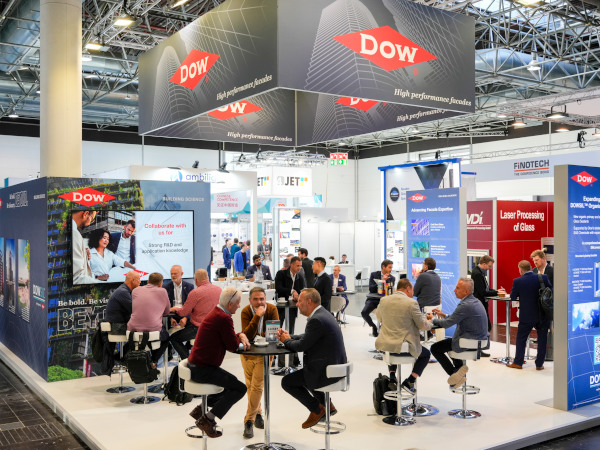Date: 27 August 2015
Nanoparticles, metal alloys, polymers are types of glass additives.The applications of glass additives include glass transition, silicate glass manufacturing, aerodynamic levitation, network glasses, 3D printing, color strengthening and others. Glass additives are also used for customization of glass for different applications including tableware, lamps, and eye glasses among others. The basic chemical elements used as glass additives include iron, sulfur, manganese, chromium, nickel, titanium, uranium and other rare earth metals. Metal additives are specially used to change the color and conductivity of glass for specific applications.
Rising consumer preference for glass materials in applications including pharmaceutical, food & beverage packaging is expected to drive the glass additives market. Glass is perceived to be sterile in healthcare and it can be customized by use of additives. Glass is also used for storing chemicals and drugs in the healthcare industry. Beverage packaging uses different colored glasses for bottles which can be obtained by adding different metal ions. For example, iron oxide is used as an additive to give bluish green glass which has tremendous demand in the beverage industry. Further, coating industry is expected to drive the glass additive market. Use of glass additives changes the chemical and physical properties of the glass and can be used for coatings. For example, NanoBASE launched nanoparticles that can be used as additives that convert the normal glass into photocatalytic glass and can be used for coatings. This glass create hydrophilic surface and does not form any unnecessary water drops on the surface. In addition, different forms of glass are used in electrical and electronic items which are modified using different additives depending upon specific properties such as conductivity, insulation, and color.
However increasing popularity of plastics in different applications due to low cost, light weight and reduced space consumption is expected to inhibit glass additives market growth. Plastics are replacing glass based materials in various applications including food packaging, automotive, electrical & electronic materials among others. Rare earth metals are the major types of glass additives and availability of these metals is scarce due to other major applications in various industries. Technological advances in the field of nanotechnology and chemistry is expected to provide immense opportunities for the players in the glass additives market in the near future. For example, nanoparticles based additive reduces the glass bubbles that help in drillers to go deeper into sea bottom with low resistance.
Asia Pacific was the largest consumer of glass additives owing to major glass manufacturing plants are placed in this region. Growing demand for modified glass in healthcare and beverage industry is expected to drive the glass additive market. Asia Pacific was followed by North America in terms of consumption owing to high use in beverage industry. Healthcare industry in North America has stringent regulations of sterility that is expected to boost the market for derived glass which in turn expected to drive the glass additive market. Electrical and electronics industry is expected to drive the market in Europe as the government in this region compels the industries to insulate the infrastructure and glass is expected to be cheap and readily available insulating material. By addition of glass additives, it improves the heat insulation property of glass and can be used for thermal and electrical insulation.
Key players in this market include Du Pont, BASAF SE, Torrecid Group, Nanobase, Bayer Material Science among others.
This research report presents a comprehensive assessment of the market and contains thoughtful insights, facts, historical data and statistically-supported and industry-validated market data and projections with a suitable set of assumptions and methodology. It provides analysis and information by categories such as market segments, regions, product types and distribution channels.
The report covers exhaustive analysis on:
Market Segments
Market Dynamics
Market Size & Forecast 2015 -2025
Supply & Demand Value Chain
Current Trends/Issues/Challenges
Competition & Companies involved
Technology
Value Chain
Market Drivers and Restraints
Regional analysis includes
North America
US & Canada
Brazil, Argentina & Others
EU5
Nordics
Benelux
Australia and New Zealand (ANZ)
Greater China
India
ASEAN
Rest of Asia Pacific
GCC Countries
Other Middle East
North Africa
South Africa
Other Africa
Latin America
Western Europe
Eastern Europe
Asia Pacific
Japan
Middle East and Africa
More at: www.futuremarketinsights.com/reports/glass-additives-market#whatech.com/86546









Add new comment